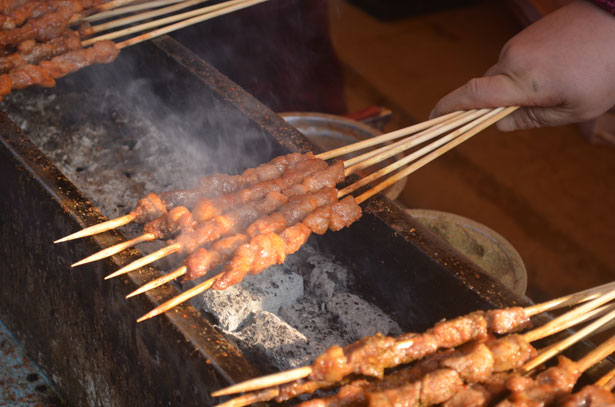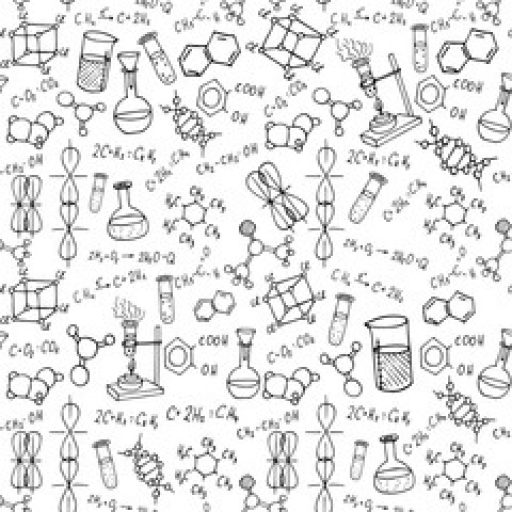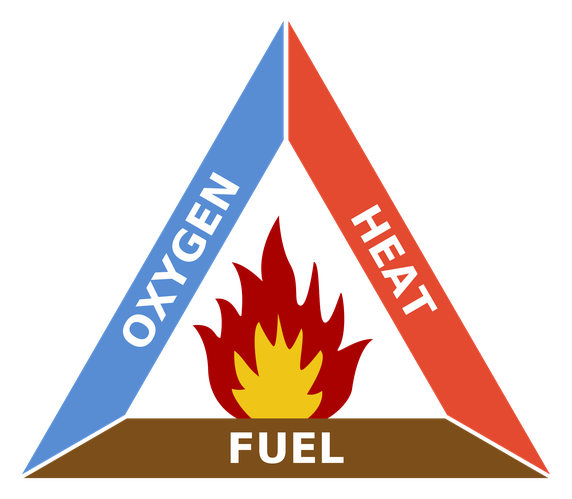1a. We feel warm/hot when we stand near a charcoal briquette as it burns. This process releases energy as a form of heat therefore it is an exothermic reaction.
1b. Sweating is a process where heat is taken into the sweat and our body will feel cool. This reaction is endothermic since heat is taken in.


1c. When ice melts, it’s physical properties change from a solid state to a liquid state. This process requires heat to break the bond within the solid molecules therefore it is an endothermic reaction.

2. To yield a good explosion, a large amount of energy in the form of heat is released. The net energy difference between the products and reactants must be a large negative value(exothermic reaction). Thus, energy of the products is a negative small value while the reactants’ energy is a positive large value. From this, the relative bond strength of products is weak since the bond energy to break the bond is low while the reactants have strong bond as the bond energy is high.
3. Heat is a form of energy and it can be felt whereas temperature is a relative measurement. An example would be fever where the person’s body will feel warm and this relates to heat. Temperature is known when a thermometer (an instrument to measure temperature system) is used.

4a. This gasoline has an octane rating of 98 which refers to knocking characteristic of 98% isooctane and 2% heptane.
4b. Oxygenates are compounds added into fuel to reduce knocking and carbon monoxide emission. Each oxygenates compound has its own octane rating. Given the octane rating of gasoline just by itself does not tell whether the fuel comprises of oxygenates.


